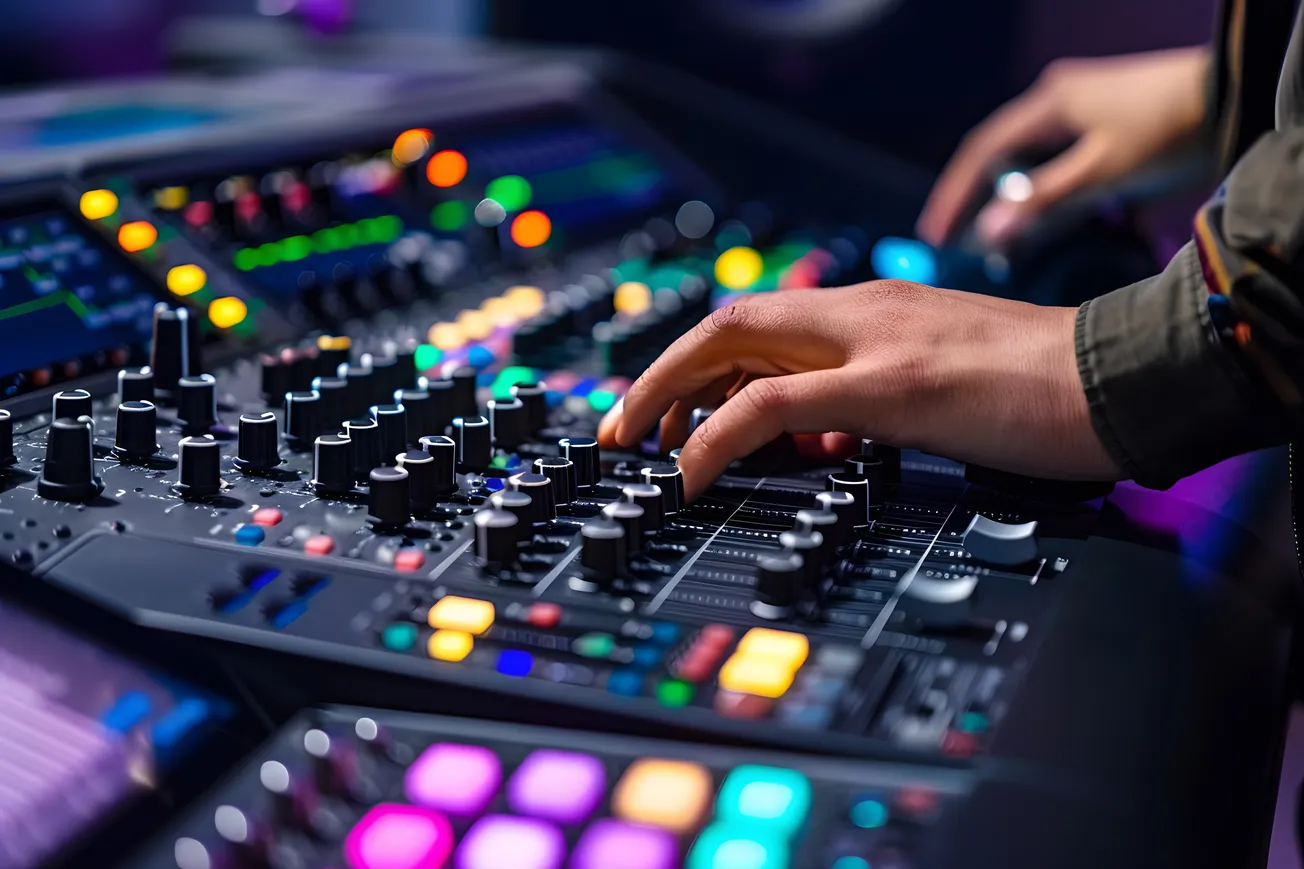As the podcast industry continues to grow, many content creators are finding ways to repurpose existing material into podcast episodes.
Whether it's from TV shows, radio broadcasts, blog posts, or social media content, we dive into the process of transforming these mediums into engaging audio experiences.
Converting a TV show into a podcast requires extracting the audio, editing it to ensure clarity and engagement, and sometimes adding commentary or additional context. Shows with strong dialogue, interviews, or narrative storytelling work best. Turning a talk show into a podcast, where the audio can stand alone without visuals, is one example of TV-based conversion.
Syndicating radio content into podcasts often involves minimal changes, as the format is already audio-based. However, editing for podcast listeners—who may not be tuning in live—can include removing redundant content, adding intros/outros, and enhancing sound quality. Repurposing a morning radio show into daily podcast episodes is fairly straightforward, as NPR's extensive podcast catalogue illustrates.
Converting blogs into podcasts typically involves creating a script based on the blog content, recording the audio, and sometimes adding sound effects or music. This format works well for blogs with strong narratives or informational content. How-to blogs, for example, can be repurposed into step-by-step audio guides.
The main challenge in converting YouTube videos and other video content is ensuring the audio alone provides value. This may involve re-recording or editing the original content to fit an audio format, focusing on narration or dialogue. Turning a video essay into an audio commentary is one example.
Webinars and online courses are rich in content but often need to be broken down into shorter segments for podcast episodes. Editing for clarity and listener engagement is crucial, as is considering the format of delivery—lecture style, Q&A, or discussions. A webinar on digital marketing strategies can be easily repurposed into a series of educational podcast episodes.
Social media content, especially from platforms like Twitter or TikTok, requires creative thinking to extend into podcast format. This might involve expanding on short-form content, turning threads into discussions, or adding interviews and guest commentary. A thread from X or Reddit on mental health repurposed into a podcast episode featuring expert opinions.
Adapting long-form written content from books or articles into a podcast script often requires summarization and the addition of audio elements like narration, interviews, or soundscapes to engage listeners. A magazine feature story can be turned into an investigative podcast series.
Converting a company newsletter into a podcast can involve reading the content verbatim or creating a more dynamic audio experience with interviews, employee spotlights, and discussions around key topics. These can provide outlines for an internal communication podcast.
But what tools make conversions possible?
Podbean’s Blog-to-Podcast Tool automatically converts blog posts into audio episodes, ideal for content creators who want to extend their written work into the podcasting space without significant additional effort. It includes text-to-speech functionality, easy integration with existing blog platforms, and distribution through Podbean’s podcasting network.
Headliner’s AI-Powered Text-to-Video Tool, while primarily designed to create video from text, can be useful for creating podcast visuals or audio snippets. Its AI-driven approach allows for quick, automated content creation.It can convert written content into engaging video or audio, suitable for promotional material or enhancing podcast episodes.
Wondercraft AI specializes in transforming written content into voice-based podcasts, offering customizable voices and tones to match the content’s style. It provides options for different accents, genders, and styles, making it versatile for a wide range of content types.
ElevenLabs, a powerful text-to-speech platform with a focus on natural-sounding AI voices, is ideal for creators who want to produce high-quality audio content from text. It supports multiple languages and voice cloning, and has a growing library of voice profiles to choose from.
Otter.ai, known for its transcription capabilities, can convert spoken content back into text, which can then be edited and repurposed into podcast scripts. Otter offers real-time transcription, easy editing, and collaboration tools, making it perfect for dynamic content creation.
Descript combines video and audio editing with AI transcription, allowing for seamless conversion of video content into podcasts. It offers overdubbing, multitrack editing, and direct publishing options, making it a comprehensive tool for content repurposing.
Rev.com provides professional transcription and captioning services, essential for turning video or audio content into podcast scripts or show notes. Its high accuracy, quick turnaround, and support for various formats are ideal for professionals.
Anchor by Spotify includes tools for recording, editing, and distributing podcasts. Features include a user-friendly interface, free use, and easy distribution to major podcast platforms.
Primarily a podcast recording tool, Zencastr allows for high-quality remote recordings and can repurpose existing content into polished podcast episodes. It offers built-in editing, automatic post-production, and HD video recording.
Auphonic is an audio post-production tool that can enhance and clean up audio from different sources, making it suitable for repurposing content into podcasts. It includes features like automatic leveling, noise reduction, and encoding.
Sonix.ai features transcription and translation services that can be used to convert various types of content into podcast-ready scripts. Supporting over 40 languages, with options for automatic translation, it's ideal for global content repurposing.








